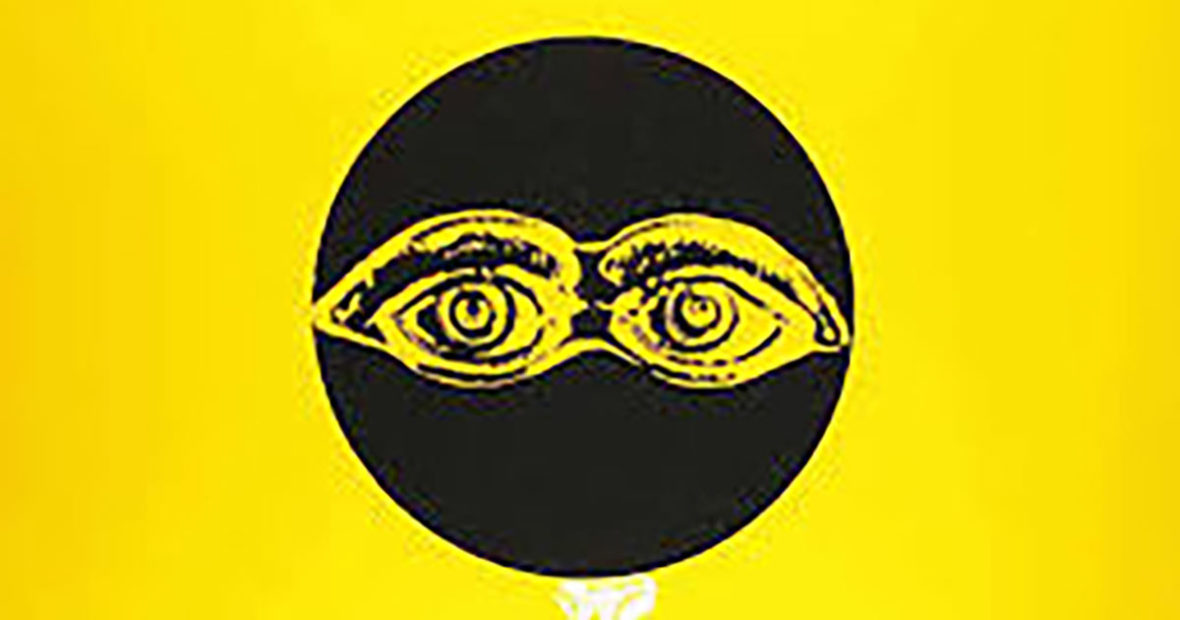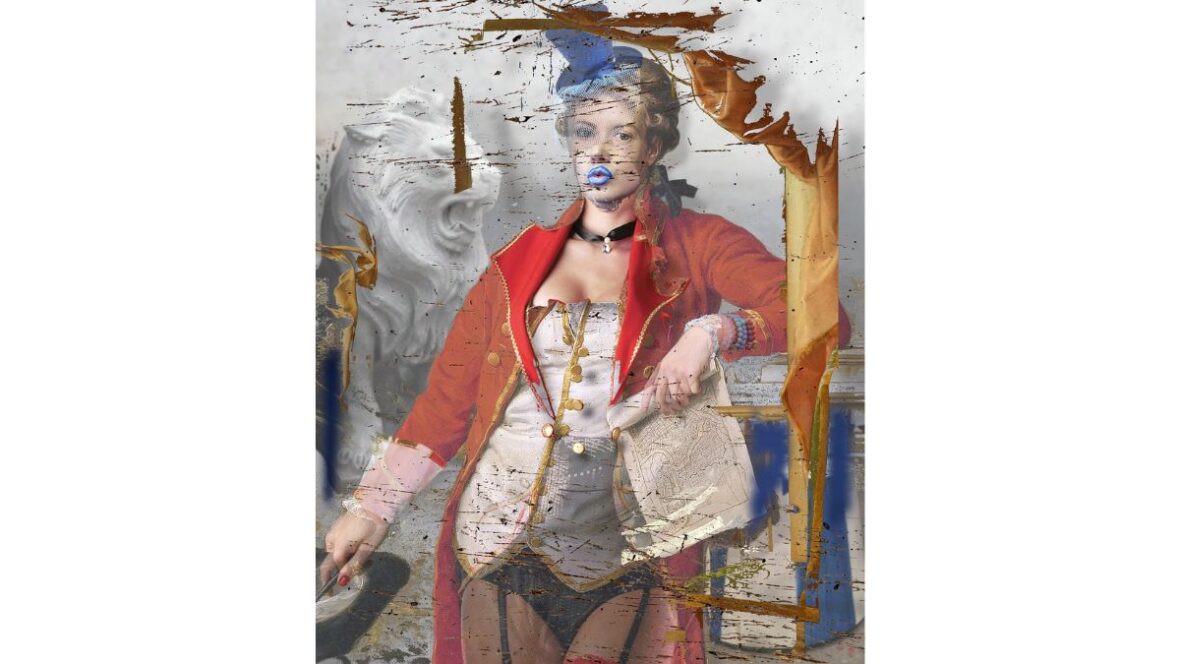Recent Addition to the Collection:
Corita Kent
Artist Bio
Corita Kent, also known as Sister Mary Corita Kent, was born Frances Kent in Fort Dodge Iowa on November 20th, 1918. Best known for her dual roles as nun and contemporary artist, Corita is remembered for her serigraph (silkscreen) prints that borrowed phrases and images from the Bible, literature, song lyrics, and popular culture to translate her messages of peace and love to the public in an era of social conflict and chaos.
After moving to Los Angeles with her family in 1923, Corita joined the Order of the Immaculate Heart of Mary in 1936 and adopted the name Sister Mary Corita. Upon graduating from the Immaculate Heart College in 1941 Corita spent time as an educator, first teaching grade school in British Columbia in 1945 and then returning to Immaculate Heart College in 1947 to teach art. In 1951 Corita received her master’s degree in art history from the University of Southern California and displayed her first silkscreen print titled “The Lord is With Thee”, receiving awards from both the Los Angeles County Museum of Art and the California State Fair in 1952. Corita was heavily influenced by the aesthetics of the high-profile Abstract Expressionist movement that was taking place in New York at that time, incorporating spontaneous bursts of color, allover compositions, and gestural movements into her early experimentation with vanguard printmaking.
Corita became the head of the Immaculate Heart College art department in 1964 and spent the decade producing iconographic and visually striking activist prints of text and color that called for peace. Corita’s vibrant prints during this time gained popularity (and controversy) among the American public, especially during the Vietnam War and Civil Rights era. Corita left the sisterhood in 1968 and moved to Boston, winning the hearts of critics and becoming known, even internationally, as a professional and accomplished artist in her own right. Corita’s avant-garde designs popped up throughout America on billboards, book jackets, illustrations, and posters alike. One of her most notable public works from this time includes her design “Rainbow Swash” painted on the 150-foot-high natural gas tank belonging to the Boston Gas Company. During this period Corita was influenced by the populist aesthetics of Andy Warhol and used silk-screening as a medium to reach mass audiences with her message of hope, all while conflating images of consumer culture and street art motifs with themes of faith and activism. Throughout the seventies Corita’s prints took on darker themes, a reflection of her struggles with chronic insomnia, depression, cancer, and general disappointment with the violent acts being committed throughout the world.
By the end of the decade and into the eighties Corita’s prints had turned more introspective; while still using exuberant bursts of color Corita created large floral and plein air (the practice of painting outside) images that were still active in bringing attention to social causes. In 1985 Corita designed the immensely popular “Love Stamp” for the U.S. Postal Service, which sold over 700 million stamps in the United States that year. On September 18th, 1986 Corita lost her long battle with cancer and passed away at a friend’s home in Boston. Corita’s legacy left behind well over 400 prints produced during her lifetime, and following Corita’s passing the Immaculate Heart Community created the Corita Art Center to preserve her artwork and promote her message of peace, love, hope, and social justice to the rest of the world.
Artist
Sister Mary Corita Kent



